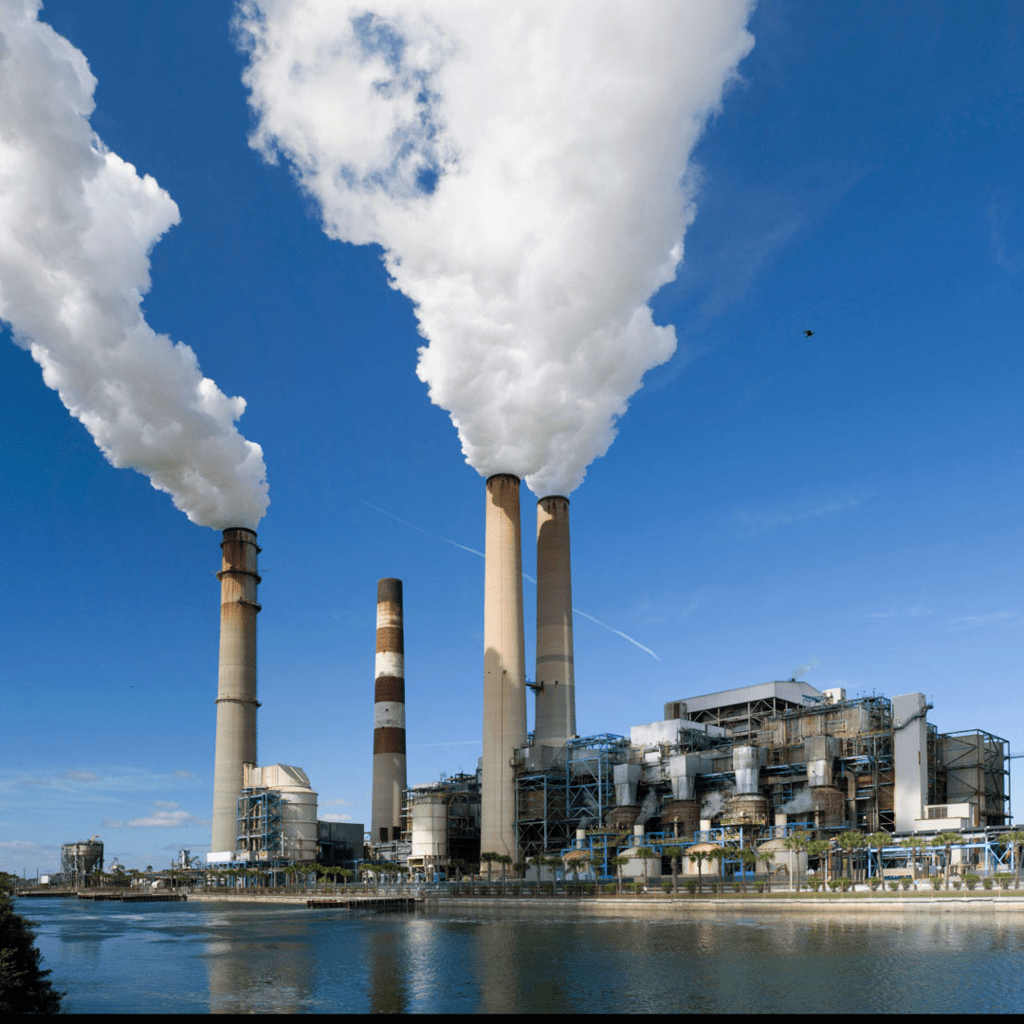Class 8 Geography Chapter 4 Notes - Industries
Chapter – 05 - Industries
• Secondary activities are those activities which change raw materials into products of more value of people.
• Industry refers to an economic activity that is concerned with production of goods, extraction of minerals or the provision of services.
• Raw Material: Industris under this are of agro-based, mineral-based marine-based and forest-based.

Size of Industries:
(i) Size refers to the amount of capital invested, number of people employed and the volume of production.
(ii) Industries based on size are classified into small scale and large scale industries.
Small Scale Industries:
i) Small scale industries manufacture products by hand and include cottage and household industry. These industries use lesser amount of capital and technology.
ii) For example, Basket-weaving, pottery and other handicraft industries.
Large Scale Industries:
(i) Large scale industries produce large volumes of products. The investment of capital is higher and technology is superior.
ii) For example, production of automobiles and heavy machinery.
Ownership: On the basis of ownership, industries can be classified into the following
sectors: (a)Private sector, (b)Public sector or state owned, (c)Joint sector, (d)Cooperative sector.
Private Sector Industries:
(i) Private sector industries are owned and operated by individuals or a group of individuals. For example, Bharat Heavy Electrical Ltd., Indian Oil Cooperation.
(ii) Public sector industries are owned and operated by the government. For example, Hindustan Aeronautics Limited and Steel Authority of India Limited.
• Joint Sector Industries: Joint sector industries are owned and operated by the state and individuals or a group of individuals. For example: Maruti Udyog Limited.
• Cooperative Sector Industies: These industries are owned and operated by the producers or suppliers of raw materials, workers or both. For example: Anand Milk Union Limited and Sudha Dairy.
Factors Affecting Location of Industries:
i) The availability of raw material, land, water, labour, power, capital, transport and market are the factors and market are the factor affecting the location of industries.
(ii) Industrialization leads to development and growth of towns and cities.
Industrial System:
(i) An industrial system consists of inputs, processes and outputs.
(ii) Raw materials, labour and costs of land, transport, power and other infrastructure are the inputs.
(iii) The processes include a wide range of activities that convert the raw materials into finished products.
(iv) The result or the outputs are the end of product and income earned from it.
Industrial Regions:
i) Industrial regions emerge when a number of industries locate close to each other and share the benefits of their closeness.
ii) Major instrial regions tend to be located in the temperate areas, near sea ports and especially near coal-fields.
iii) Major industrial regions of the world are eastern North America, western and Central Europe, eastern Europe and eastern Asia.
iv) In India the industrial regions are Mumbai-Pune cluster, Banglore-Tamil Naduregion, Hugli region, Ahmedabad-Baroda region, etc.
Distribution of Major Industries:
(i) The iron and steel industry, the textile industry and the information technology industry are world’s major industries.
(ii) Iron and steel industries are located in Germany, USA, China, Japan and Russia.
(iii) Textile industries are locate in India, Hong Kong, South Korea, Japan and Taiwan.
(iv) The Silicon valley of Central California and Bangaluru region of India are the major hubs of information technology industry.
Iron and Steel Industry:
(i) Iron and steel industry comprises various inputs, processes and outputs and it is a mineral-based industry.
(ii) Inputs in this industry include raw materials such as iron ore, core and limestone, labour, capital and other infrastructure. In processing iron ore is converted into steel by undergoing different stages like smelting, refining. Output results obtained is the steel.
(iii) Steel is called the backbone of modern industry as almost everything is made of iron and steel.
(iv) In India, iron and steel industry has developed taking advantages of raw materials, cheep labour, transport and market.
(v) Major steel producing centres in India are-Bhilai, Durgapur, Bumpur, Jamshedpur, Rourkela, Bokaro and is spread over four states-West Bengal, Jharkhand, Odisha and Chattisgarh.
Information Technology (IT)
(i) Information technology industry deals in the storage, processing and distribution of information.
(ii) The main factors guiding the location of these industries are resource availability, cost and infrastructure.
(iii) The major hurbs of the IT industry are the Silicon Valley, California and Benguluru in India.
(iv) Benguluru is known as ‘Silicon Plateau’.
(v) IT hubs in metropolitian centres of India are Mumbai, New Delhi, Hyderabad and Chennai.
FAQs on Class 8 Geography Chapter 4 Notes - Industries
| 1. What are the different types of industries? |  |
| 2. What is the role of industries in economic development? |  |
| 3. How do industries impact the environment? |  |
| 4. What are the challenges faced by industries? |  |
| 5. How can industries adapt to changing market conditions? |  |




















